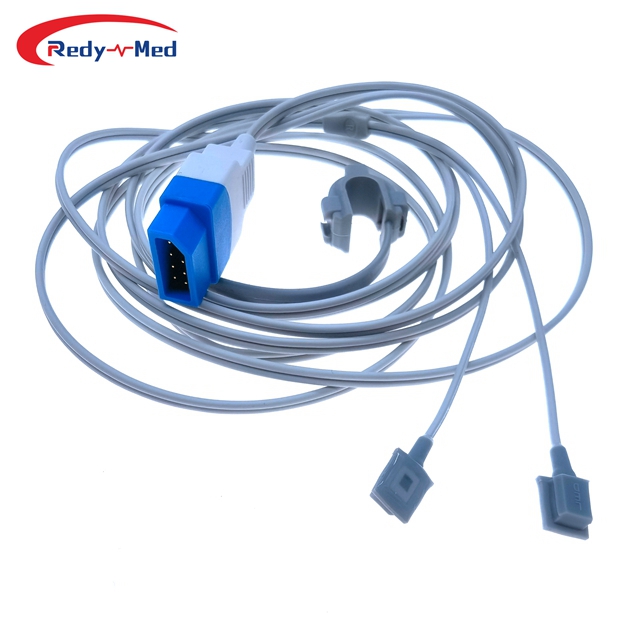
- Home > News > Industry News
What are the differences between reusable and disposable SpO2 sensors?
2024-03-20 23:49:18
Understanding the Variations in Reusable and Disposable SpO2 Sensors

SpO2 sensors play a critical role in monitoring the oxygen saturation levels in patients. Two primary types of SpO2 sensors exist in the market, reusable and disposable, each with its unique benefits and drawbacks. This article aims to provide a comprehensive analysis of the differences between reusable and disposable SpO2 sensors.
1. Cost-effectiveness and Durability
Reusable SpO2 sensors are typically more expensive than disposable ones. However, their long-term use makes them more cost-effective in the long run. These sensors are constructed with high-quality materials, making them durable and able to withstand repeated use after proper sterilization and maintenance procedures. Disposable SpO2 sensors, on the other hand, are designed for single use, eliminating the need for cleaning and sterilization. This convenient feature also ensures their disposability, reducing the risk of cross-contamination.
2. Maintenance and Cleaning
Reusable SpO2 sensors require regular maintenance and cleaning. After each use, these sensors must be properly washed, disinfected, and stored to ensure their longevity. Failure to follow these procedures can lead to sensor degradation and inaccurate readings. In contrast, disposable SpO2 sensors eliminate the need for cleaning and maintenance given their single-use nature. This ensures consistent performance and reduces the risk of infections associated with improper cleaning or disinfection.
3. Accuracy and Sensitivity
Both reusable and disposable SpO2 sensors provide accurate oxygen saturation readings when used correctly. However, reusable sensors are often favored when high accuracy and sensitivity are required, such as in critical care settings. The materials and design of reusable sensors allow for enhanced signal strength and reduced interference, resulting in more precise measurements. Disposable sensors may be slightly less sensitive due to their simpler construction, but they still offer reliable readings suitable for most clinical situations.
4. Patient Comfort and Fit
Reusable SpO2 sensors often come in various sizes and designs to provide a better fit for patients. They are adjustable and can be reused multiple times without impacting comfort. Disposable SpO2 sensors are primarily designed for general use and may not offer the same level of customization, but they offer the advantage of being lightweight and less intrusive. Hospitals and healthcare facilities may choose between the two based on patient comfort requirements and specific clinical scenarios.
5. Environmental Impact
Disposable SpO2 sensors contribute to medical waste, which poses environmental concerns. These sensors are designed for single use and are disposed of after each patient interaction. Reusable sensors, however, have a smaller carbon footprint as they minimize waste generation. With proper care and maintenance, reusable sensors can be used for an extended period, reducing the overall environmental impact.
Conclusion
When deciding between reusable and disposable SpO2 sensors, it is crucial to consider factors such as cost-effectiveness, maintenance requirements, accuracy, patient comfort, and environmental impact. Reusable sensors offer long-term cost savings, enhanced accuracy, and patient customization but require proper cleaning and maintenance. Disposable sensors provide convenience, disposability, and reduced infection risk but contribute to medical waste. Healthcare professionals need to evaluate their specific needs and priorities to make an informed decision regarding which type of SpO2 sensor is most suitable for their patients and healthcare environments.
Get the latest price? We'll respond as soon as possible(within 12 hours)




